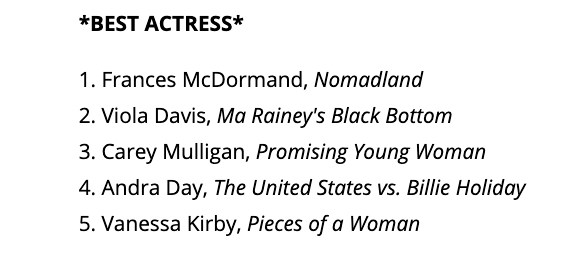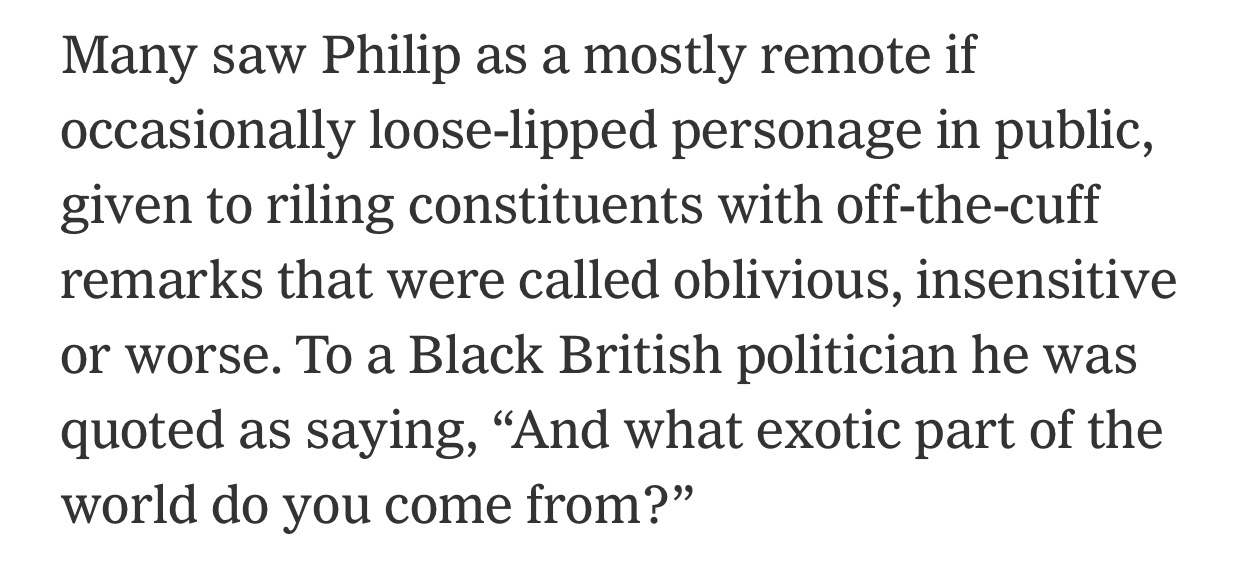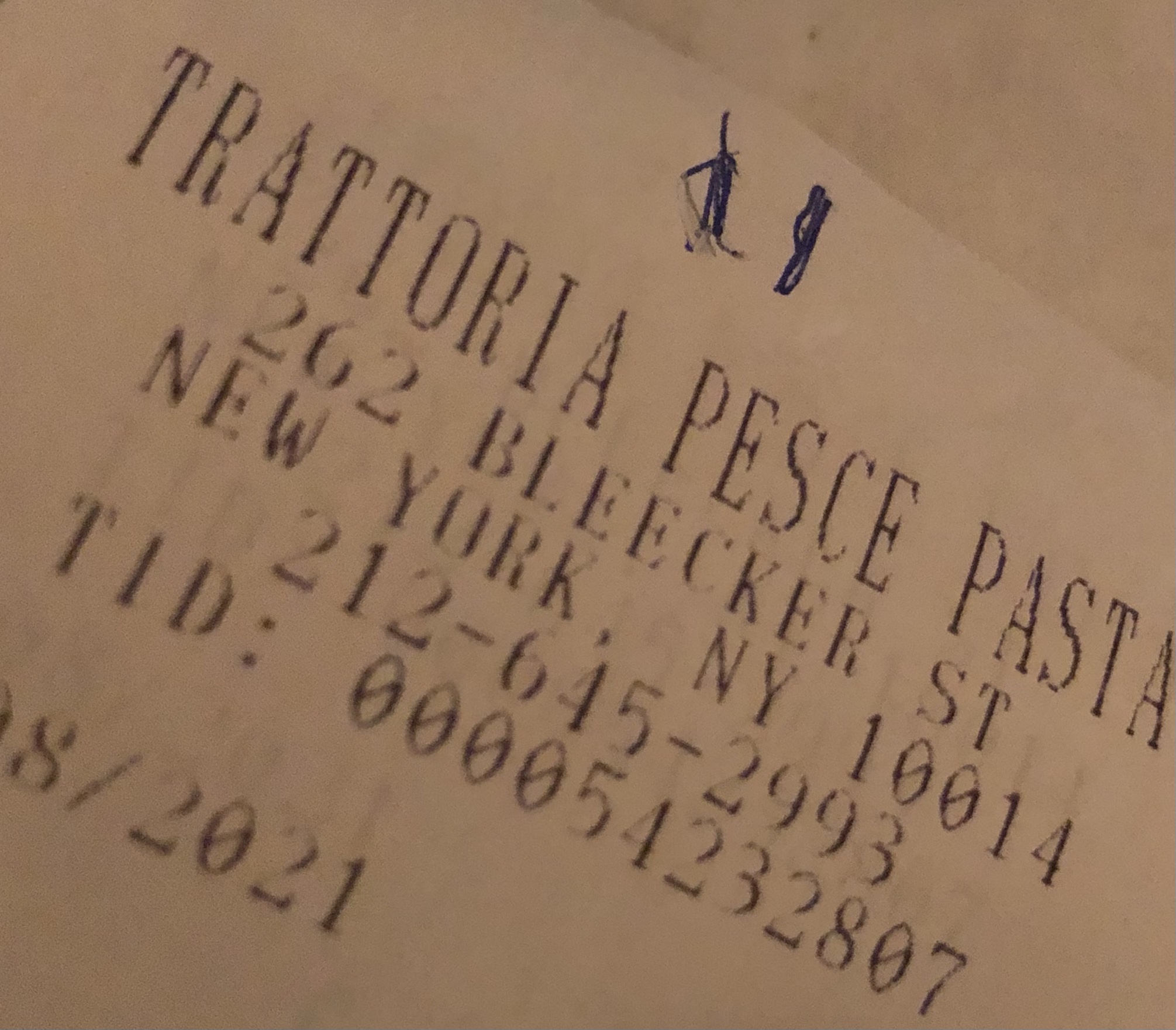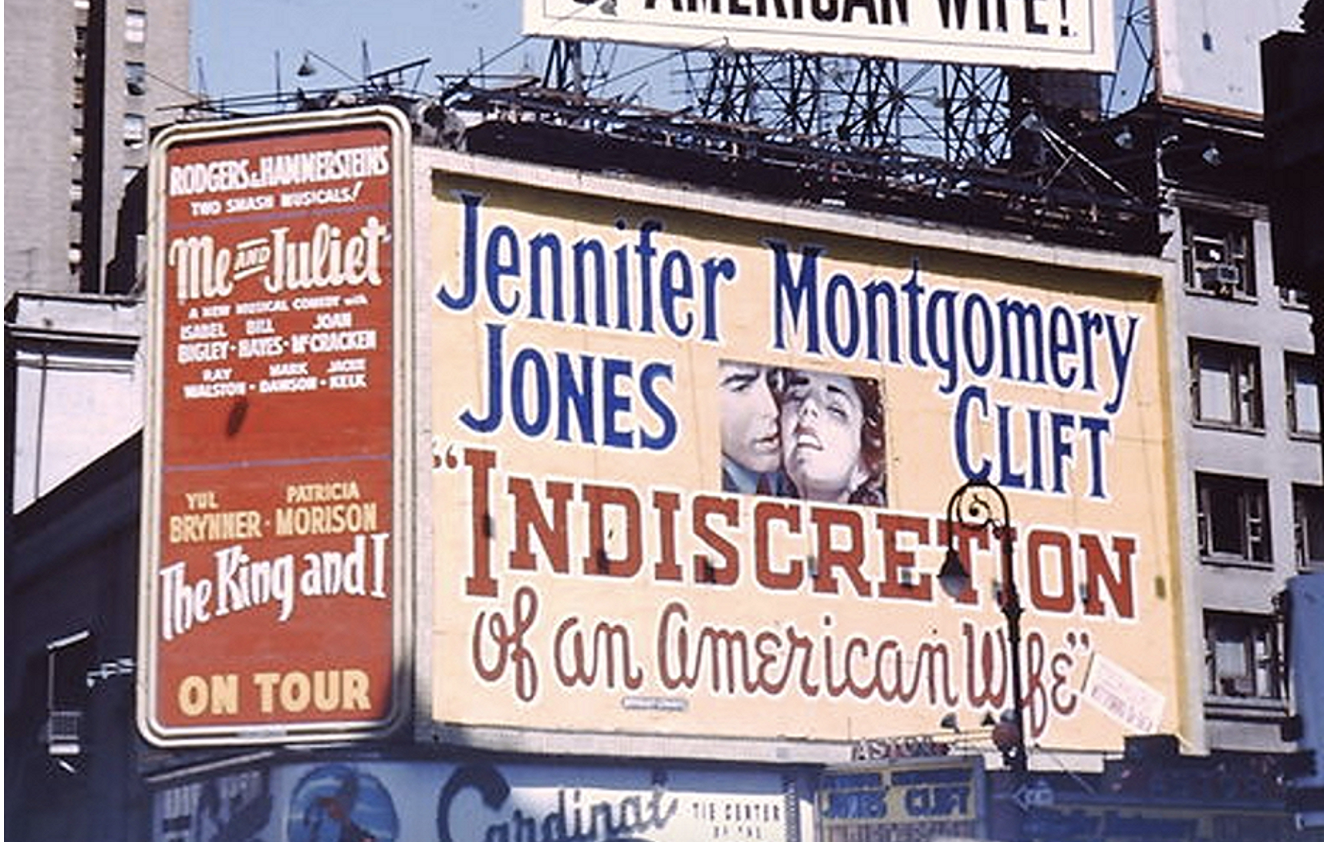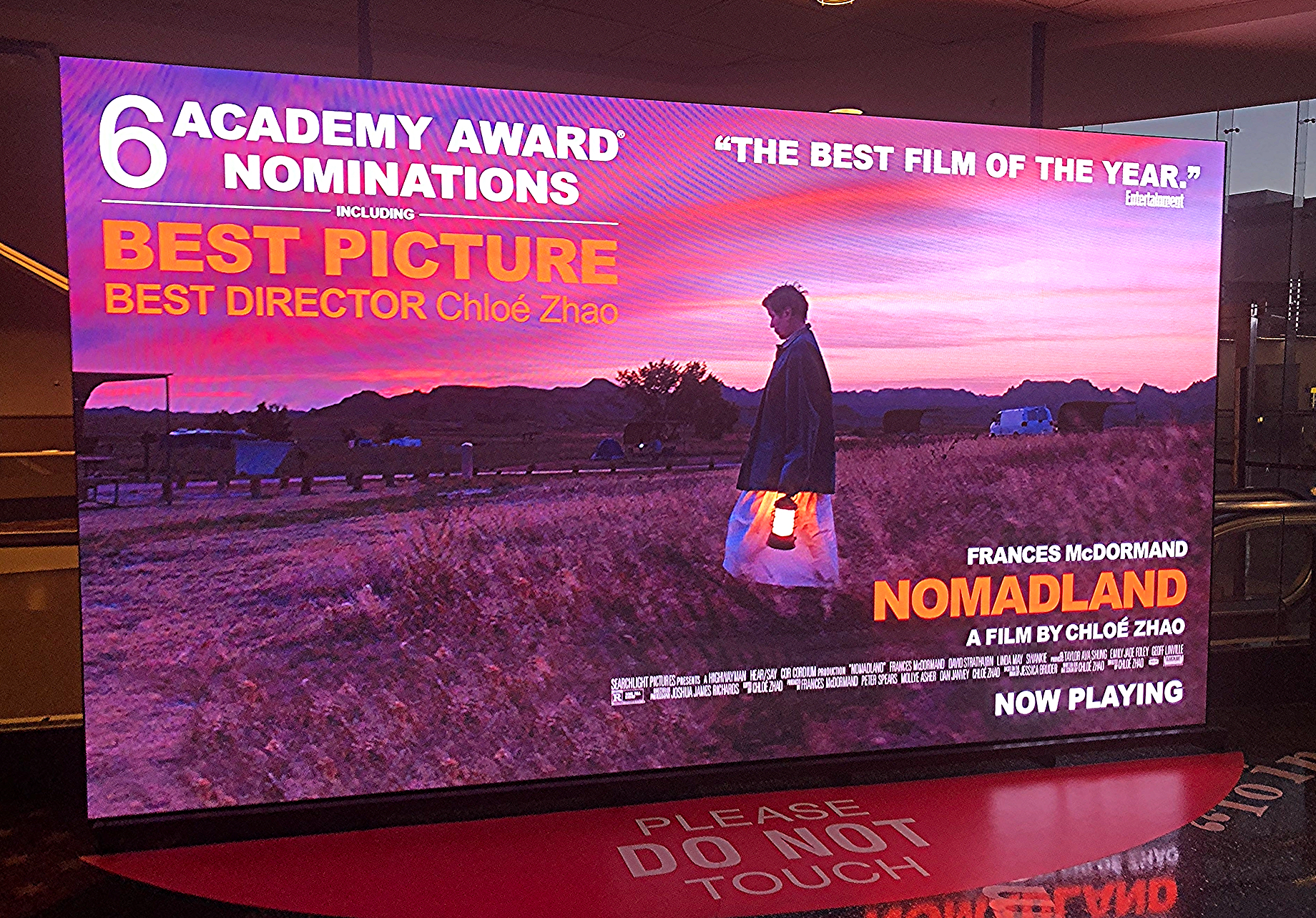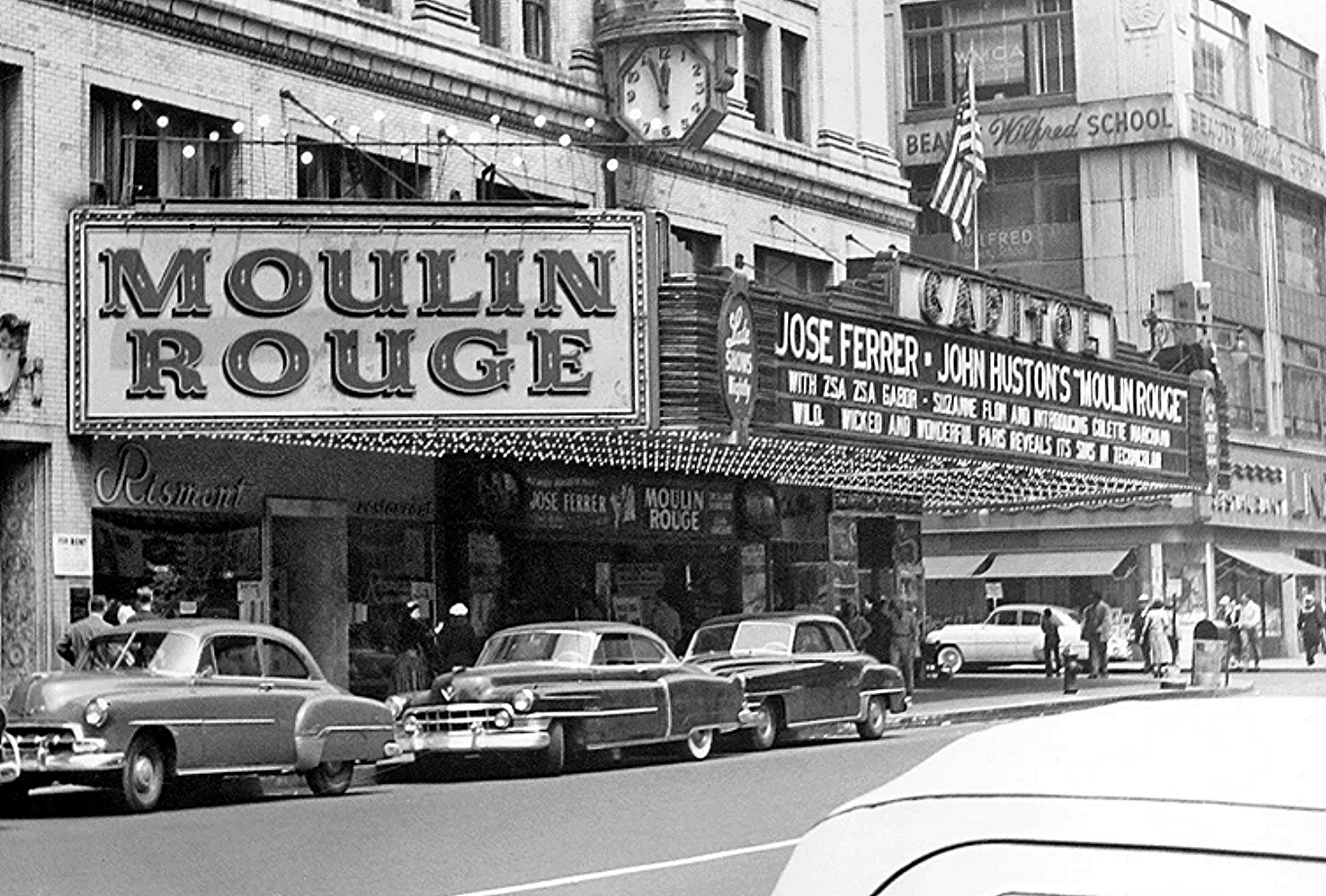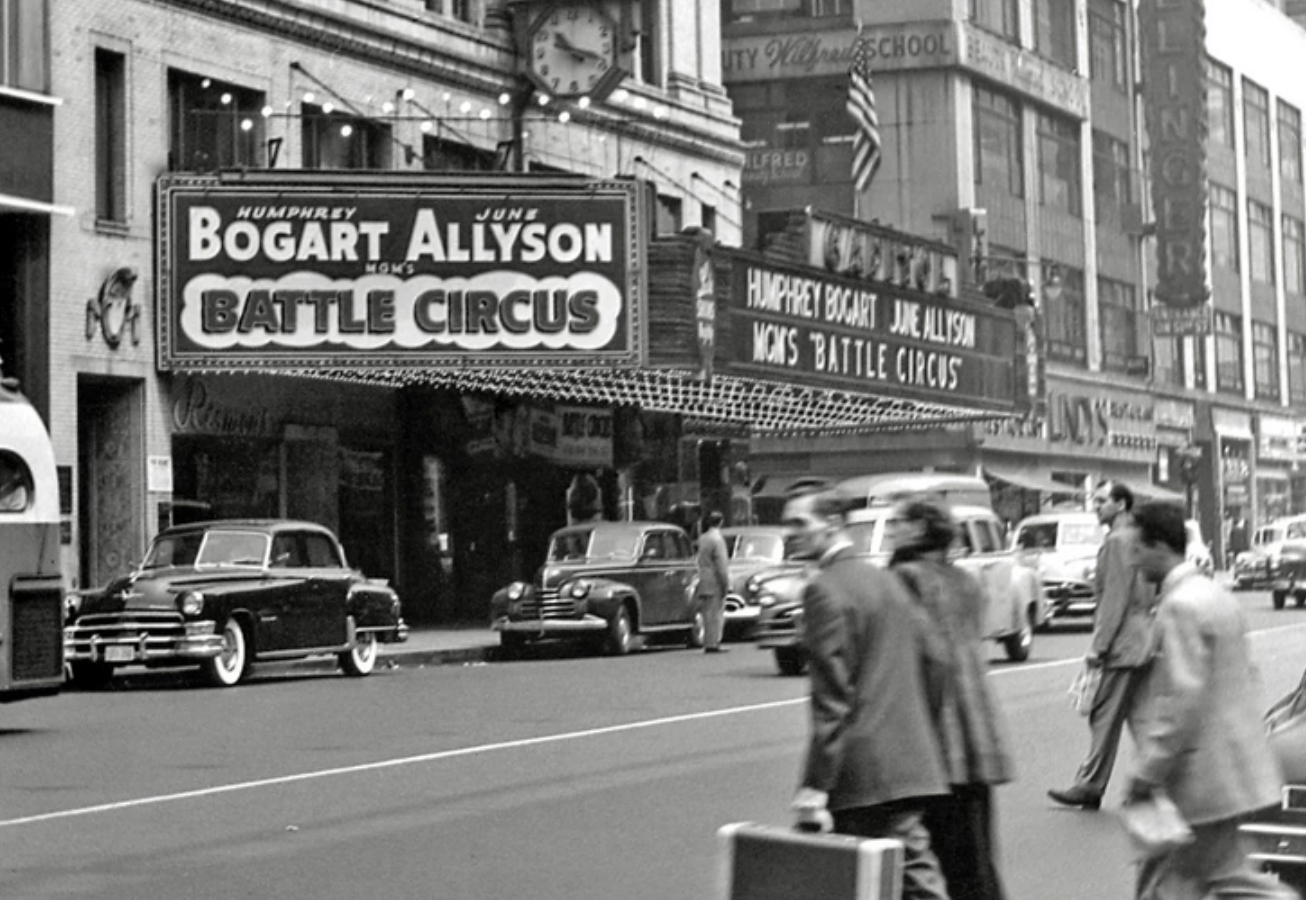As we all know, the usual personal pronouns — those pesky “he”, “she” and traditional “they” terms that have been commonly used and understood by English speakers for several hundred years — are being gradually nudged aside in favor of less gender-specific pronouns, largely due to a certain urban strata of Millennials and Zoomers.
This will presumably lead to a more widespread abandonment among the general population as the decades progress.
This is happening in order to show more respect and consideration for transgender folk, who have called out the cisgender majority for their use of prejudicial or discriminating terminology. The trans community represents 0.6% of U.S. adults.
From “A Guide to Neopronouns,” a 4.8.21 N.Y. Times article by Ezra Marcus: “A personal pronoun is a form of speech that stands in for a person or group of people. She is having opinions online; they are fighting in the comments; and, of course, as in the Prince song made famous by Sinead O’Connor, ‘Nothing Compares 2 U.’
“Nonbinary pronouns, as well — often the singular ‘they’ and ‘them’ — have become widespread. A 2019 Pew Research study found already that one in five Americans knew someone who uses nonbinary pronouns.
“And then there are neopronouns.
“A neopronoun can be a word a created to serve as pronoun without expressing gender, like ‘ze’ and ‘zir.’
“A neopronoun can also be a so-called ‘noun-self pronoun,’ in which a pre-existing word is drafted into use as a pronoun. Noun-self pronouns can refer to animals — so your pronouns can be ‘bun/bunself’ and ‘kitten/kittenself.’ Others refer to fantasy characters — ‘vamp/vampself,’ ‘prin/cess/princesself,’ ‘fae/faer/faeself’ — or even just common slang, like ‘Innit/Innits/Innitself.'”
What the actual fuck?


